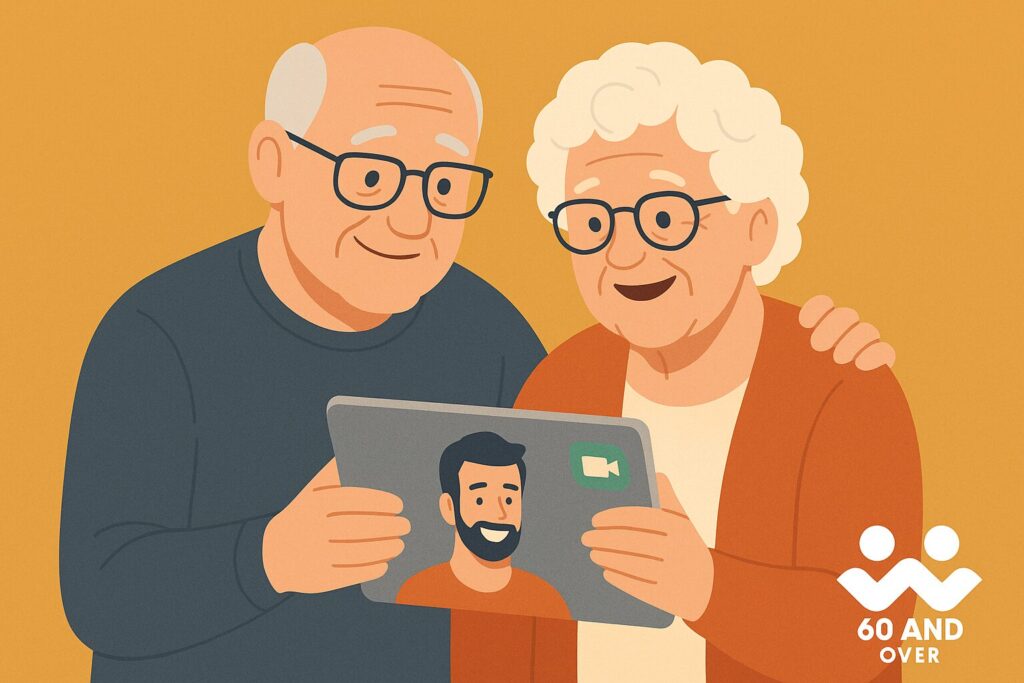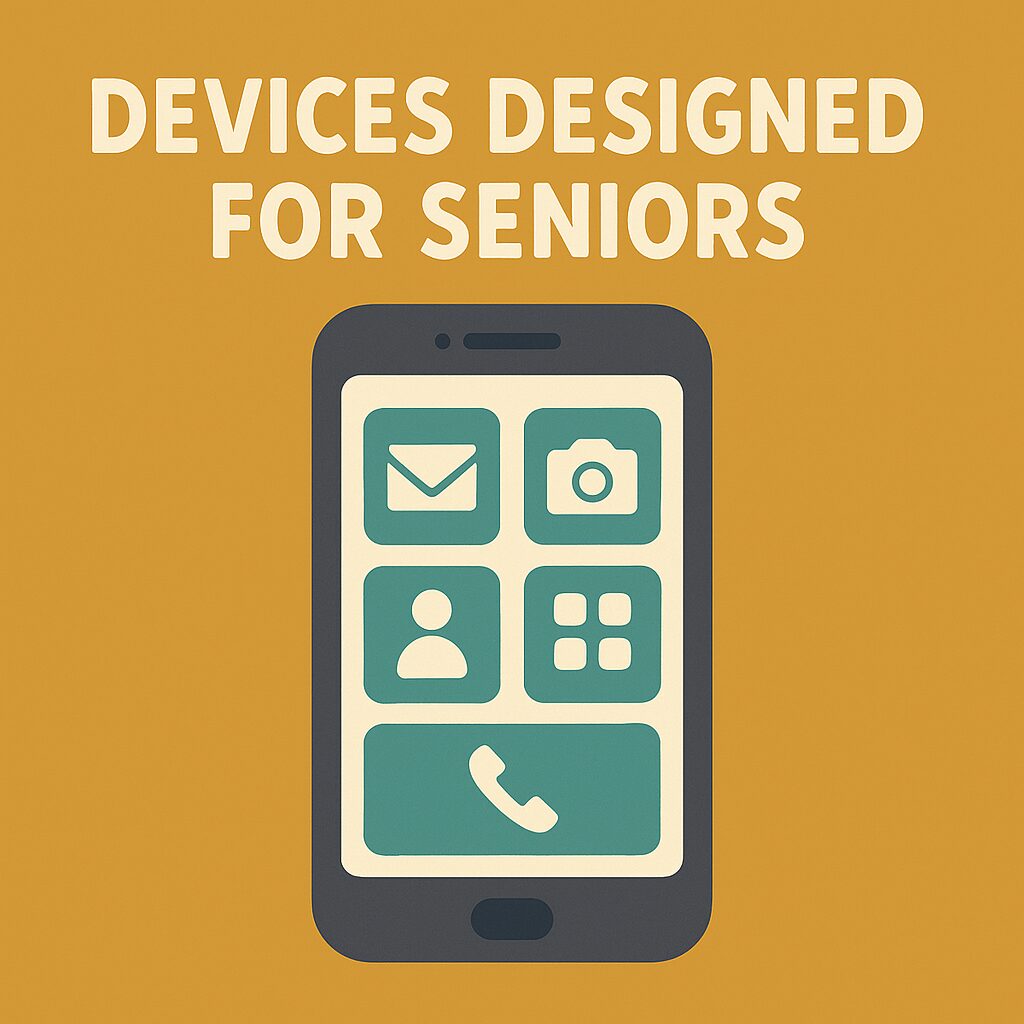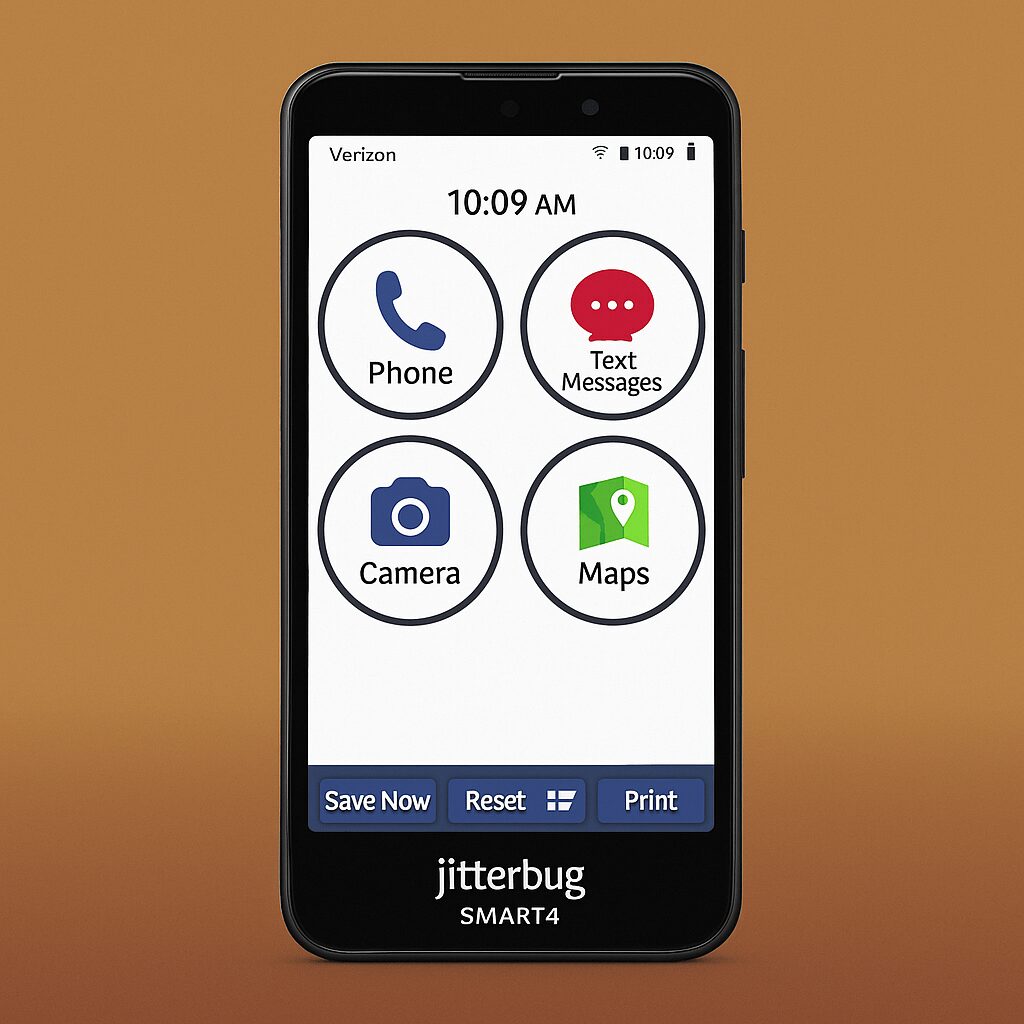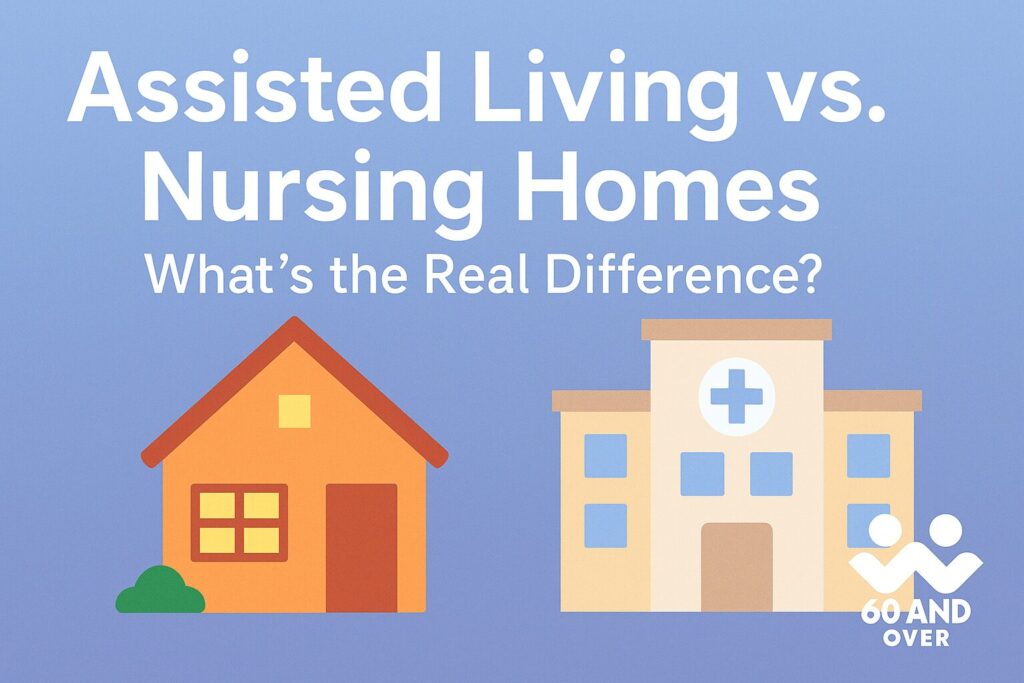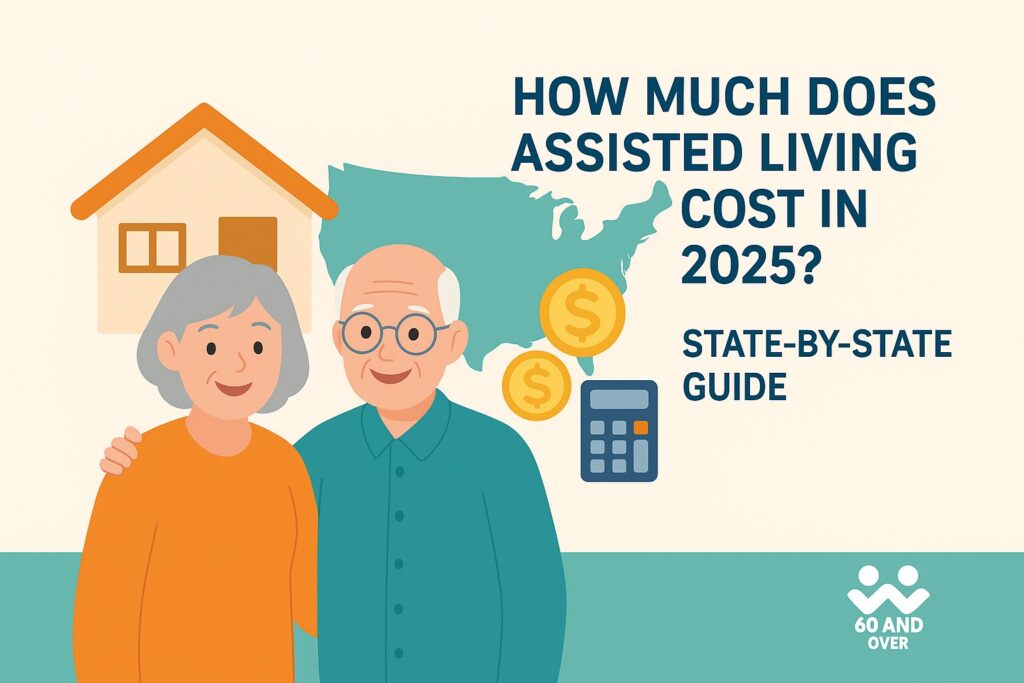Staying connected with family is one of the most important factors in maintaining emotional health and happiness later in life. For adults over 60, technology has transformed the way we communicate with loved ones, no matter the distance. While handwritten letters and phone calls are still meaningful, modern tools like video chats, messaging apps, and social platforms now make it easier than ever to share daily moments.
This article explores how technology helps seniors maintain family bonds, reduce loneliness, and feel more supported in their relationships.
Why Staying Connected Matters After 60
Human connection is essential for healthy aging. Studies show that strong family ties help reduce stress, lower risks of depression, and even improve physical health. Seniors who maintain regular contact with family tend to live more fulfilling lives.
As families often become busier or spread across cities and states, technology ensures that distance doesn’t mean disconnection.
Seniors can remain active in birthdays, holidays, and everyday conversations through tools that make communication simple and immediate.
The Rise of Video Calling
Video calling has become one of the most popular ways for families to bridge distance. Unlike traditional phone calls, video chats allow seniors to see faces, share smiles, and watch grandchildren grow in real time. This creates a deeper sense of presence and belonging.

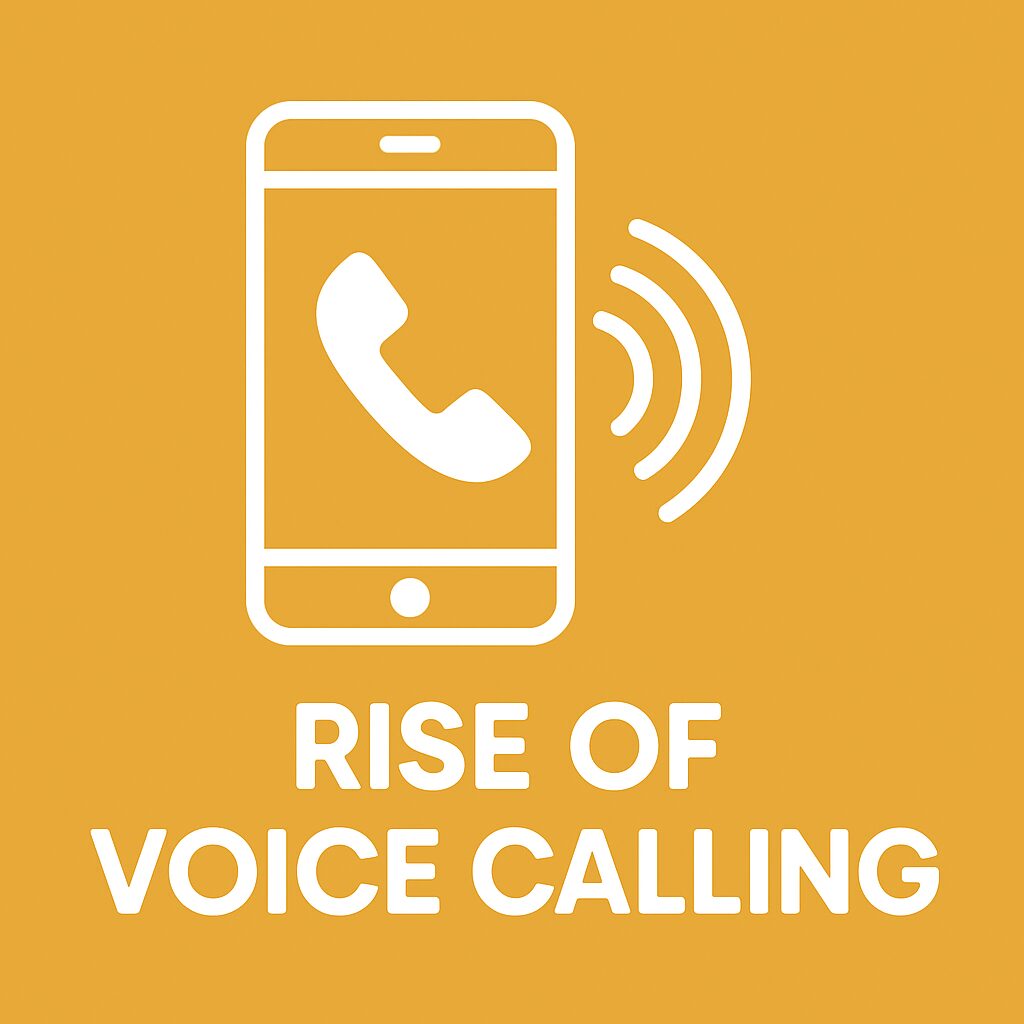
Platforms like Zoom, FaceTime, and WhatsApp are widely used and often include simple interfaces that are easy to learn. Many seniors find that seeing loved ones on screen makes interactions more personal and satisfying, even when in-person visits aren’t possible.
Messaging Apps for Everyday Moments
Beyond scheduled video calls, messaging apps offer a convenient way to stay connected daily. Simple text messages, voice notes, or shared photos can brighten a senior’s day instantly.
These tools allow family members to send quick updates—like a child’s artwork or a family dinner photo—that keep grandparents and older relatives involved in small, meaningful moments. Unlike emails, which may feel formal, messaging apps bring a sense of immediacy and closeness that mimics casual conversation.
Social Media as a Window Into Family Life
Social media platforms can sometimes feel overwhelming, but they provide seniors with a valuable window into family life. By joining private groups or following family members’ profiles, older adults can stay updated on milestones, travels, and celebrations.

This creates a sense of inclusion, even if they live far away. For those who enjoy sharing their own lives, posting photos, stories, or reflections also gives grandchildren a chance to see their world. Used thoughtfully, social media can help close generational gaps and create shared experiences.
Devices Designed for Seniors
One challenge seniors face is adapting to new technology. Fortunately, many devices are designed with simplicity in mind. Tablets with larger buttons, phones with clear displays, and voice-activated assistants make it easier to connect without confusion.
Some platforms even offer senior-friendly video calling devices that connect automatically when a family member initiates a call. These features help reduce the intimidation factor and make technology more accessible for those who may feel hesitant.
Technology for Health and Safety
Staying connected is not just about conversation—it’s also about ensuring safety and well-being. Technology now includes health-monitoring devices, medication reminders, and emergency response systems that can keep family informed.
Wearables like smartwatches allow seniors to track heart rate or activity levels and share that information with loved ones. This adds peace of mind for both seniors and their families, knowing that support is only a click away.
Overcoming Barriers to Technology Use
Not every senior feels comfortable using modern technology at first. Concerns about cost, complexity, or security can create barriers. Families can help by offering patient instruction, simplifying devices, and setting up tools ahead of time.
Community classes and online tutorials also provide step-by-step guidance. By addressing these challenges, seniors can gain confidence and enjoy the benefits of technology without frustration.
Balancing Technology With In-Person Contact
While technology is powerful, it should complement—not replace—face-to-face interaction. In-person visits, hugs, and shared meals still provide the deepest connections. Families should aim for balance, using technology to stay close in between visits and enhance relationships rather than replacing them.
A blended approach ensures that seniors feel both digitally connected and physically present in family life.
Conclusion
Technology is transforming the way seniors stay connected with family. From video calls to social media, messaging apps to senior-friendly devices, the tools available today make it easier than ever for older adults to stay engaged and supported.
By embracing technology while still valuing in-person connections, families can ensure that love, laughter, and support remain strong—no matter the distance.
FAQ — The Role of Technology in Staying Connected With Family Over 60
Q1: What’s the easiest way for seniors to start video calling family?
Begin with a simple device (tablet or large-screen phone) and one app the family already uses, such as FaceTime, WhatsApp, or Zoom. Add key contacts to favorites, enable large text, and place the app on the home screen for one-tap calls.
Q2: Are messaging apps better than email for day-to-day connection?
Often yes. Messaging apps support photos, short videos, and voice notes that feel conversational and immediate. Email is great for longer messages, but quick daily touchpoints are easier with iMessage, WhatsApp, or Messenger.
Q3: How can seniors use social media without feeling overwhelmed?
Keep it private and focused: follow only close family, mute noisy pages, and use a private family group. Turn off non-essential notifications and schedule a short daily check-in rather than scrolling endlessly.
Q4: What devices are most senior-friendly for staying connected?
Tablets with larger screens, smartphones with accessibility settings (large text, magnifier, voice control), smart displays for hands-free video calls, and simple medical alert devices that include check-in features.
Q5: How do I handle tech frustrations or setup issues?
Create a “tech buddy” plan with a child or grandchild. Use remote-assist tools (like screen sharing) for quick fixes, keep a written cheat sheet of steps, and store passwords in a secure manager so nothing stalls a call.
Q6: Is online safety a concern for older adults using these tools?
Yes—use strong unique passwords, enable two-factor authentication, keep devices updated, and avoid clicking links from unknown senders. Remind family to verify unusual requests by phone before sending money or info.
Q7: Can technology help with health and safety while keeping family in the loop?
Absolutely. Wearables, medication reminders, fall-detection devices, and shared health apps can notify family about activity, appointments, or emergencies—adding peace of mind alongside social connection.
Q8: How do we balance screen time with real-life visits?
Use tech to fill the gaps between visits, not replace them. Set a rhythm (e.g., weekly video call, daily photo, monthly in-person meet-up). Keep calls purposeful—share stories, read with grandkids, or plan your next visit.

